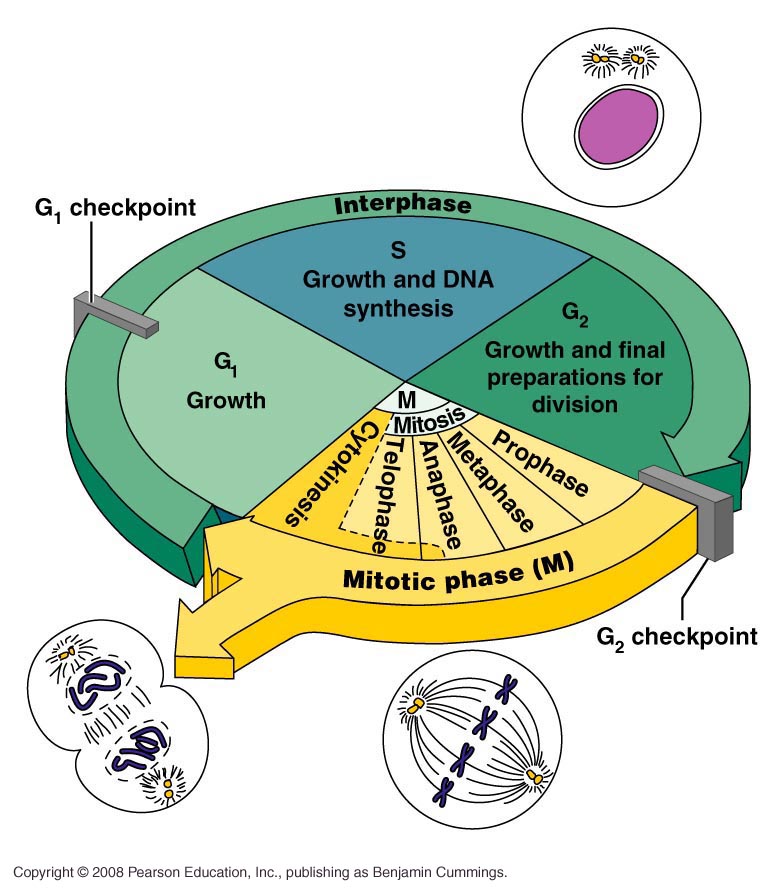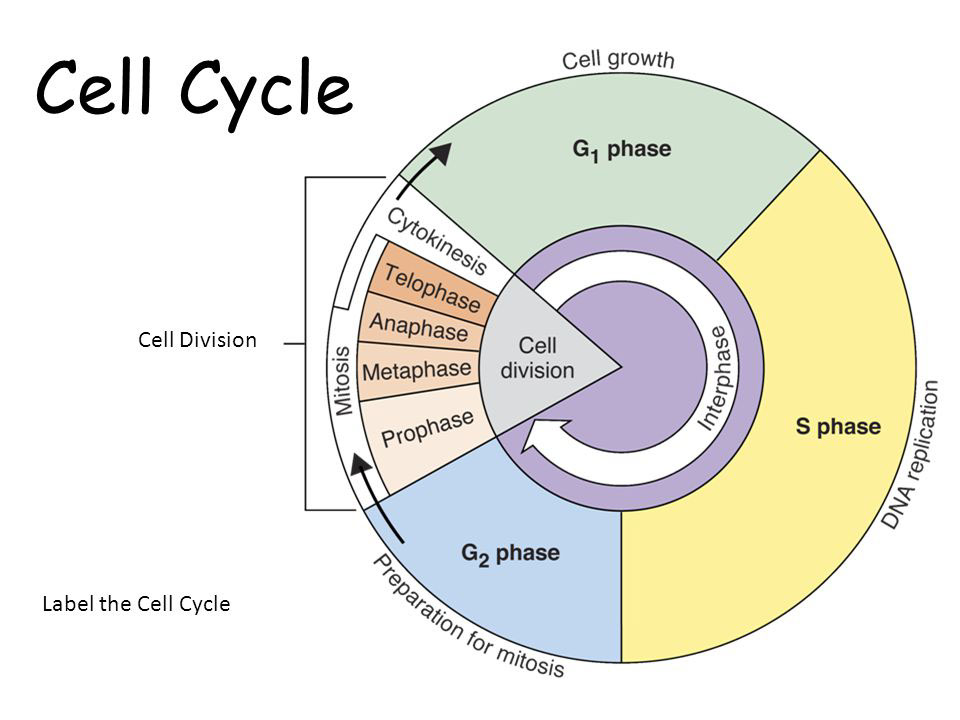what are the stages of the eukaryotic cell cycle Phases of cell cycle
The eukaryotic cell cycle is a complex and tightly regulated process that is crucial for the growth and development of multicellular organisms. It involves a series of events that culminate in the division of a cell into two daughter cells. This process is highly organized and tightly controlled to ensure the accurate duplication and distribution of genetic material.
Schematic representation of the eukaryotic cell cycle
 The eukaryotic cell cycle can be broadly divided into two main phases: interphase and mitosis. Interphase is further divided into three sub-phases: G1, S, and G2. During interphase, the cell grows and carries out its normal functions while also preparing for cell division.
The eukaryotic cell cycle can be broadly divided into two main phases: interphase and mitosis. Interphase is further divided into three sub-phases: G1, S, and G2. During interphase, the cell grows and carries out its normal functions while also preparing for cell division.
The G1 phase (Gap 1) is the initial phase of interphase, during which the cell grows in size and prepares for DNA replication. This phase also involves the synthesis of RNA and proteins necessary for cell division. Once the cell completes G1, it enters the S phase (synthesis) where DNA replication occurs. The cell synthesizes an exact copy of each of its chromosomes, resulting in the formation of sister chromatids.
Following the S phase, the cell enters the G2 phase (Gap 2) where it continues to grow and prepares for mitosis. During G2, the cell synthesizes additional proteins and organelles required for cell division. It also undergoes a process called checkpoint control, where the DNA is checked for any errors or damage before entering mitosis.
The Eukaryotic Cell Cycle and Cancer
 When a cell is no longer able to regulate its cell cycle properly, it can lead to uncontrolled cell division, which is a hallmark of cancer. The cell cycle checkpoints that normally ensure the fidelity of the cell division process can fail, allowing damaged DNA or other abnormalities to be replicated and passed on to the daughter cells.
When a cell is no longer able to regulate its cell cycle properly, it can lead to uncontrolled cell division, which is a hallmark of cancer. The cell cycle checkpoints that normally ensure the fidelity of the cell division process can fail, allowing damaged DNA or other abnormalities to be replicated and passed on to the daughter cells.
Cancer cells often show dysregulation in key cell cycle regulators, such as cyclins and cyclin-dependent kinases (CDKs), which are responsible for controlling the progression of the cell cycle. Mutations or alterations in these regulatory proteins can disrupt the normal cell cycle and contribute to the development of cancer.
Understanding the intricacies of the eukaryotic cell cycle is essential for studying cancer and developing effective treatments. By targeting specific components of the cell cycle that are dysregulated in cancer cells, researchers can potentially develop therapies that selectively kill cancer cells while sparing healthy cells.
In conclusion, the eukaryotic cell cycle is a highly regulated process that ensures accurate duplication and distribution of genetic material. Dysregulation of the cell cycle can lead to cancer, highlighting the importance of studying this process for developing effective treatments. By gaining a better understanding of the cell cycle, researchers can uncover new targets for therapeutic intervention and potentially improve patient outcomes.
If you are searching about CSIR LIFE SCIENCE PREPARATION: Fundamental Processes - Overview of the you’ve came to the right page. We have 5 Images about CSIR LIFE SCIENCE PREPARATION: Fundamental Processes - Overview of the like This diagram shows a simplified representation of the eukaryotic cell, The Eukaryotic Cell Cycle and Cancer | Cell cycle, Biology classroom and also CSIR LIFE SCIENCE PREPARATION: Fundamental Processes - Overview of the. Read more:
CSIR LIFE SCIENCE PREPARATION: Fundamental Processes - Overview Of The
 csir-lifescience.blogspot.comcycle cell division mitosis life science growth overview csir dna preparation phase synthesis stages stage processes g0 four fundamental lifescience
csir-lifescience.blogspot.comcycle cell division mitosis life science growth overview csir dna preparation phase synthesis stages stage processes g0 four fundamental lifescience
Phases Of Cell Cycle - Online Biology Notes
 www.onlinebiologynotes.comcycle cell phases division synthesis biology mitosis cells notes phase g2 interphase growth protein which two ncert solutions made dna
www.onlinebiologynotes.comcycle cell phases division synthesis biology mitosis cells notes phase g2 interphase growth protein which two ncert solutions made dna
Schematic Representation Of The Eukaryotic Cell Cycle. | Download
 www.researchgate.neteukaryotic representation
www.researchgate.neteukaryotic representation
The Eukaryotic Cell Cycle And Cancer | Cell Cycle, Biology Classroom
 www.pinterest.com.mxeukaryotic checkpoints biointeractive teaching regulators cellcycle
www.pinterest.com.mxeukaryotic checkpoints biointeractive teaching regulators cellcycle
This Diagram Shows A Simplified Representation Of The Eukaryotic Cell
 www.researchgate.neteukaryotic cycle simplified
www.researchgate.neteukaryotic cycle simplified
Schematic representation of the eukaryotic cell cycle.. Eukaryotic checkpoints biointeractive teaching regulators cellcycle. Cycle cell phases division synthesis biology mitosis cells notes phase g2 interphase growth protein which two ncert solutions made dna